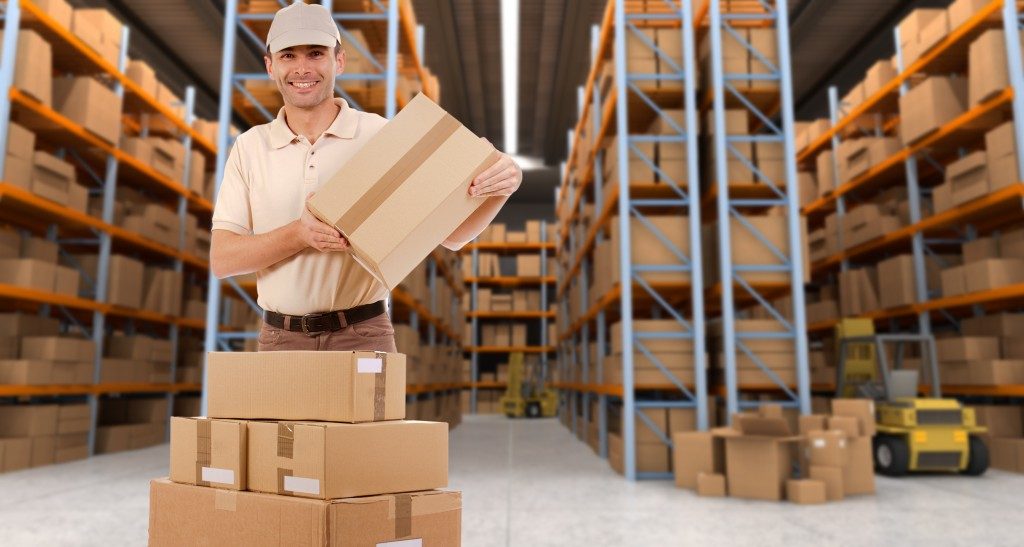Ever since Henry Ford made the assembly line a standard feature of mass production, companies involved in manufacturing and distribution have constantly sought ways to improve efficiency in the production and handling of goods. And in the modern scene, with the global reach of e-commerce followed by rapid improvements in shipping and transportation logistics, becoming a leader in efficiency will present a significant advantage to your manufacturing business.
Here are some ways to tackle the packaging process for improved speed and overall cost reduction.
Track and analyse data
As an entrepreneur, you’re probably familiar with the concept of the OODA loop – Observe, Orient, Decide, Act. It’s critical to be observing the right areas and analysing the data thoroughly before taking action. Your team may have a pretty good idea that your factory’s packaging process needs to be improved, but what metrics show it, and how do you address it?
A well-informed cost-benefit analysis can ensure that limited resources are allocated to measures that will have the most impact. By tracking the amount of waste, for example, you can find out that the current type of glue being used is leading to a large amount of waste. Talking to production workers can let you know if the primary packaging material itself is weak, which will lead you to explore better alternatives.
Optimise your inventory
When your production line handles different types of packaging, the cost of materials and tools, as well as storage space requirements, can bloat quickly without being noticed. If your data analysis points you in this direction, then focusing on package rationalisation could bring about substantial improvements. By streamlining the range of packaging needed, and analysing the best way it fits into your storage space, you can benefit from economies of scale in lowering the time and cost involved to process and handle large volumes of product.
Rethink packaging design
Brands can be reluctant to change design because it can alter the way customers experience their product. Yet sometimes this is necessary – and good execution can outweigh any drawbacks. Google, for instance, successfully changed its logo to deal with the reality that most people access the site on mobile devices.
If your stylish packaging design is creating too much-wasted space in storage or transportation, it needs to be more compact. Likewise, printing labels separately or using too much colour can be unnecessary costs. Including the label information on your packaging, and using white space, will save on ink and material. Design needs to serve a function, above all.
Use more automation

Sometimes, you still need to face the reality that upfront costs of investing in more automation will be lead to a huge improvement in process efficiency, which more than pays for itself in the long term. If you are currently using conveyor belts on the production floor, but not on the truck loading area, then make the necessary purchases and extend the automation. Or you could use new and upgraded case packers or bundling machines, freeing up human labour to perform other, more complicated tasks.
There are many other considerations that go into improving packaging efficiency and design – sustainability and environment-friendly practices mustn’t be ignored, either. But you’ll probably want to deal with the low-hanging fruit and the most important roadblocks to productivity, first. Let your data show you where to begin, and keep getting better from there.

